According to The American Society for Aesthetic Plastic Surgery (ASAPS), 330,631 breast augmentation procedures were performed in the United States by board-certified surgeons in 2012. Of those cases, 72% of them were done with silicone breast implants, which have enjoyed a surge in popularity since they were re-introduced to the market in 2012 after the FDA lifted the ban imposed in 1992. This is no surprise to us here at St. Louis Cosmetic Surgery, as silicone implants are the most popular implant selected by our patients. Therefore, when I decided to follow each of our four doctors into surgery to document a day in the operating room, there was only one choice for the first case I would choose: silicone breast augmentation.
Please note, the images and videos below do show an actual surgery and may contain images that some might find offensive.
Our day started at Manchester Surgery Center, an outpatient facility in Des Peres, MO where our surgeons do many breast augmentation cases.
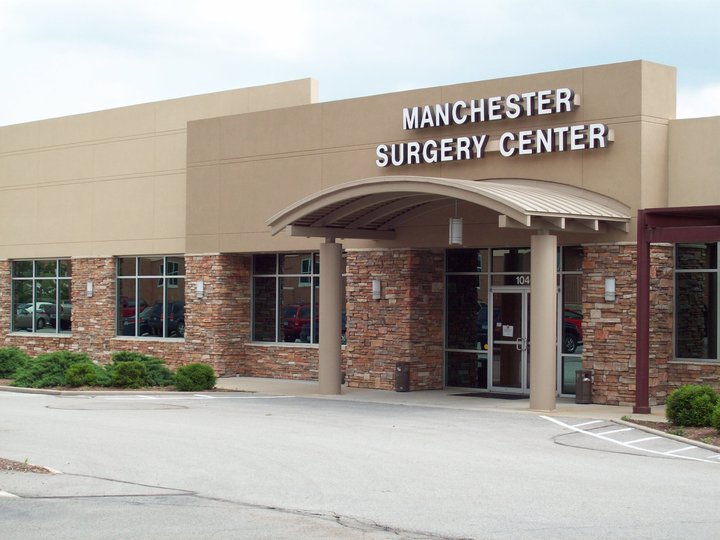
Dr. Herluf Lund had a silicone breast augmentation scheduled to last one and a half hours, which is the typical amount of time for this type of surgery. The patient arrived to the surgery center an hour and a half prior to the start of surgery, which gave plenty of time for the surgery center staff to complete admission, check vitals, and discuss anesthesia. After that, Dr. Lund went in and “marked up” the patient, placing guides on her body with a marker where he would make his incisions.
After changing into surgical attire, I was ready to head into the OR with Dr. Lund and the amazing staff of nurses at Manchester.
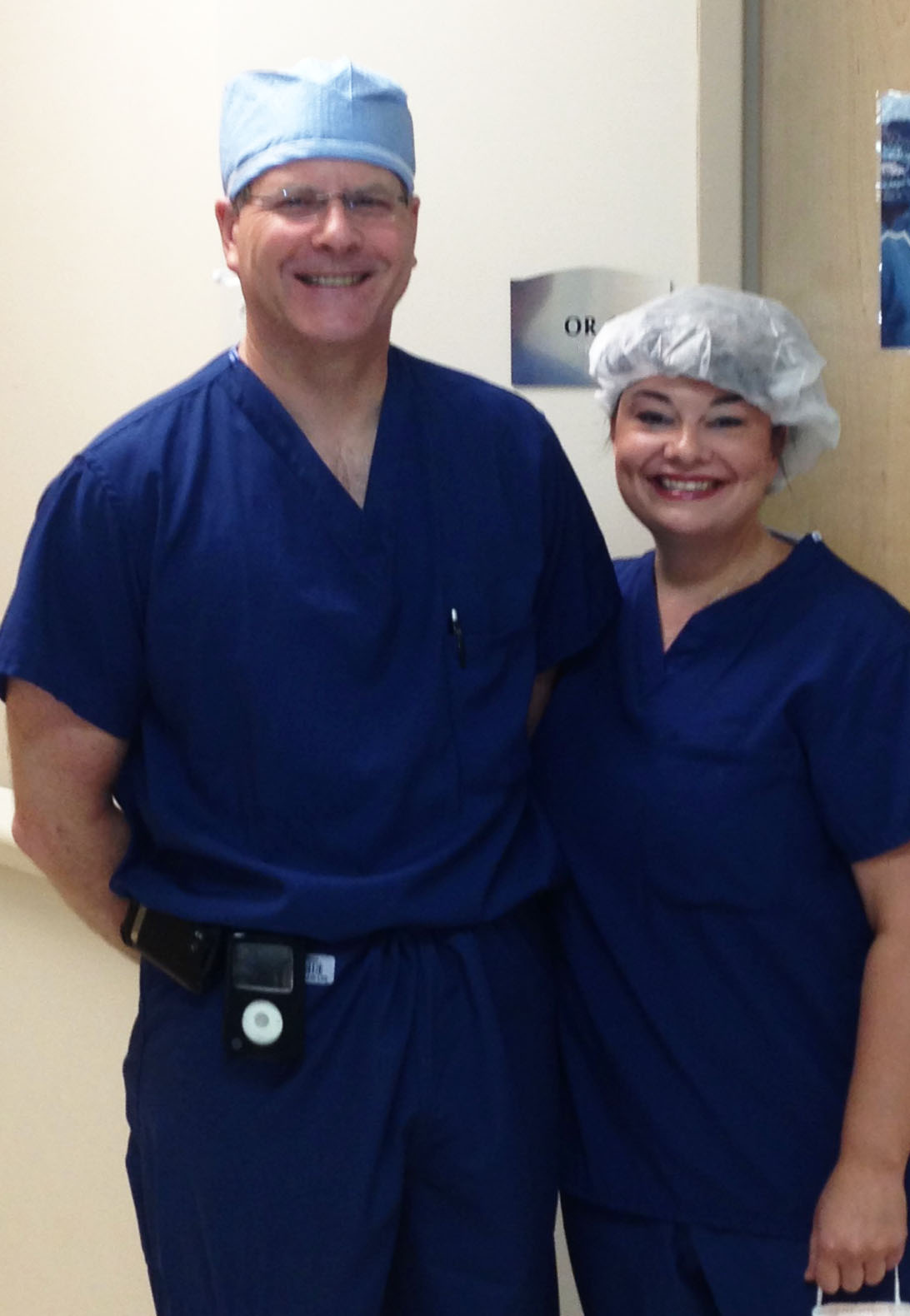
Once in the room, the patient was anesthetized. Dr. Lund also injected some local anesthetic around the breast area.
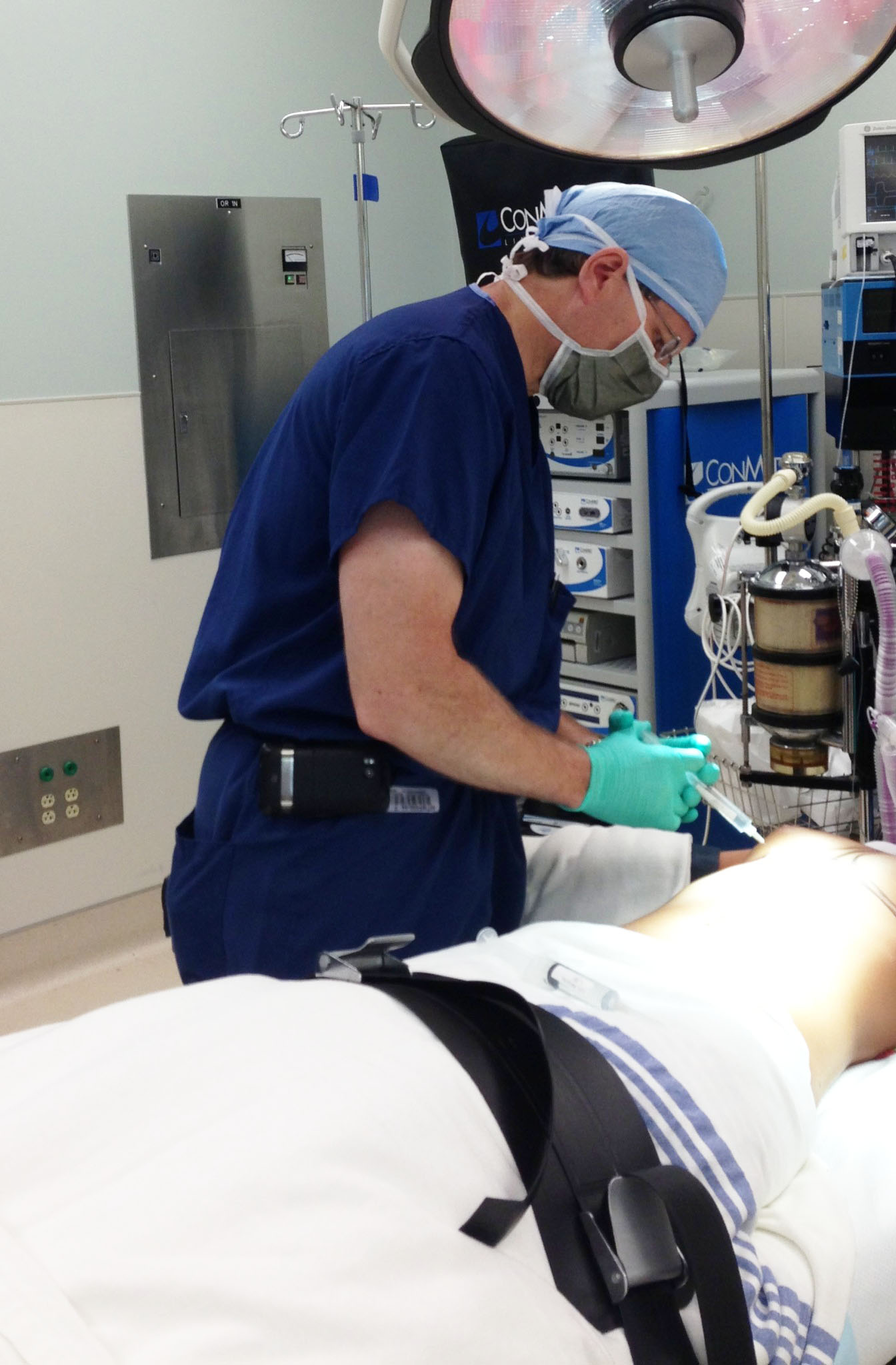
After this, Dr. Lund made his initial incision. There are a few different types of incisions surgeons can use for breast augmentation, the most popular being areola incisions and inframammary incisions at the breast crease. Our surgeons typically perform the inframammary incision.
For this patient, Dr. Lund chose to place the implant under the muscle, which is referred to as a submusclular placement. Our surgeons often find that this type of placement helps lower the risk of bottoming out (when the implant decsends below the inframmary crease), rippling (when you can see the folds or wrinkles on the implant through the skin), and capsular constracture (when the tissue around the implant thickens and causes the implant to feel firm, causing discomfort and distortion). Here he is creating the pocket for the implant to reside.
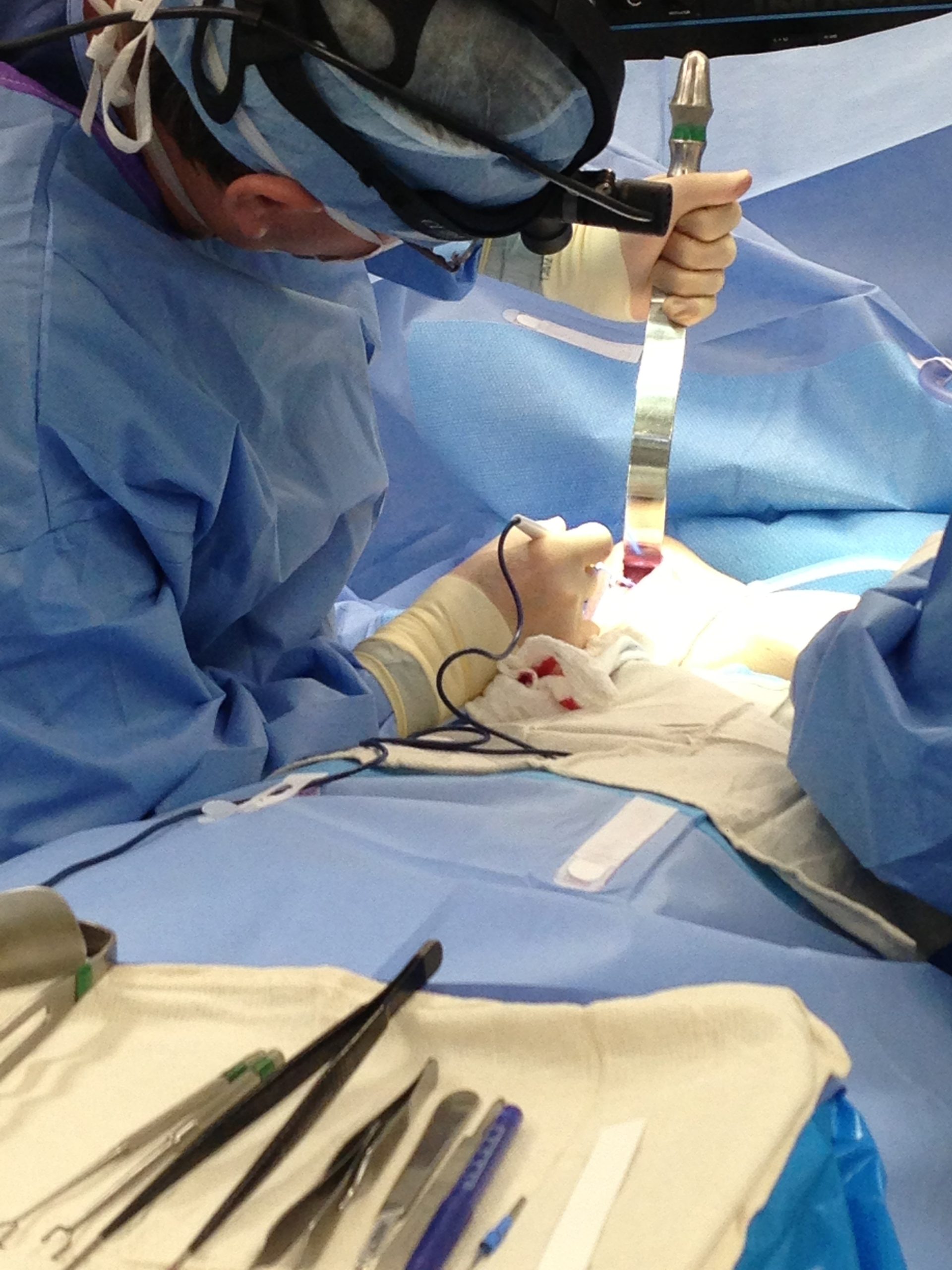
Once he completed the pocket, he inserted a “sizer,” an inflatable implant that helps him to see what final size he will use. After a patient does their sizing at their pre-operative appointment in our office, the doctor will order a range of implants for that day, and use the sizer to see exactly which one will look best and please the patient. Below, Dr. Lund inflates the sizer.
The perfect size for the patient’s body was determined and the next step was for Dr. Lund to insert the actual silicone implants. The surgeon is the only one in the OR to touch the implants, and before insertion he soaked them in an antibiotic solution.
Once both implants were in place, the bed was risen up so that Dr. Lund could see if the breasts were symmetrical.
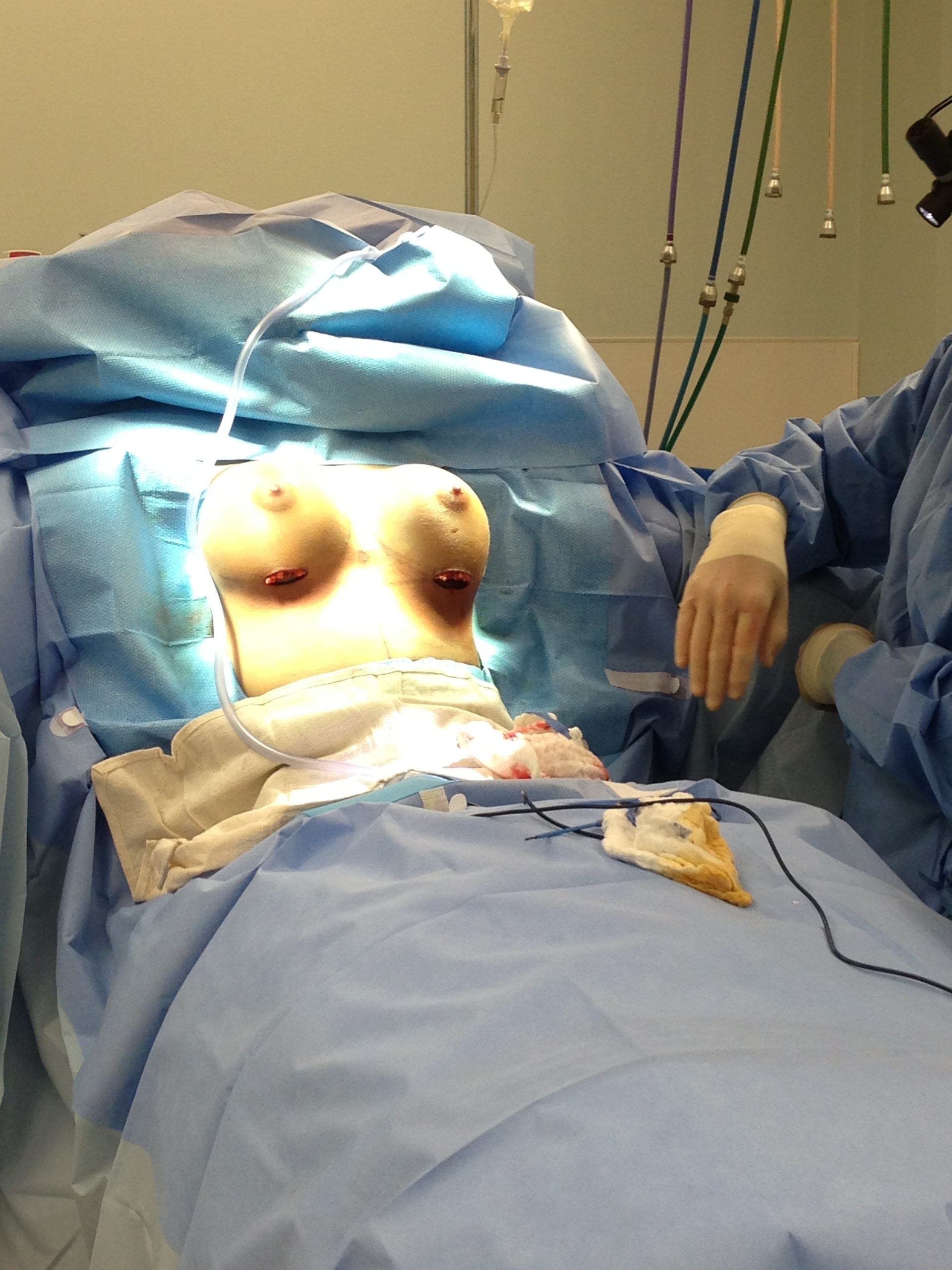
Once the implants were determined to be in the proper position, Dr. Lund started suturing the incisions closed.
The surgery was completed on time, and the patient went home that evening.
If you are considering breast augmentation in St. Louis, there are many resources for information out there. Hopefully, this gives you some insight into the procedure and helps you make this important decision.
Leave a Reply